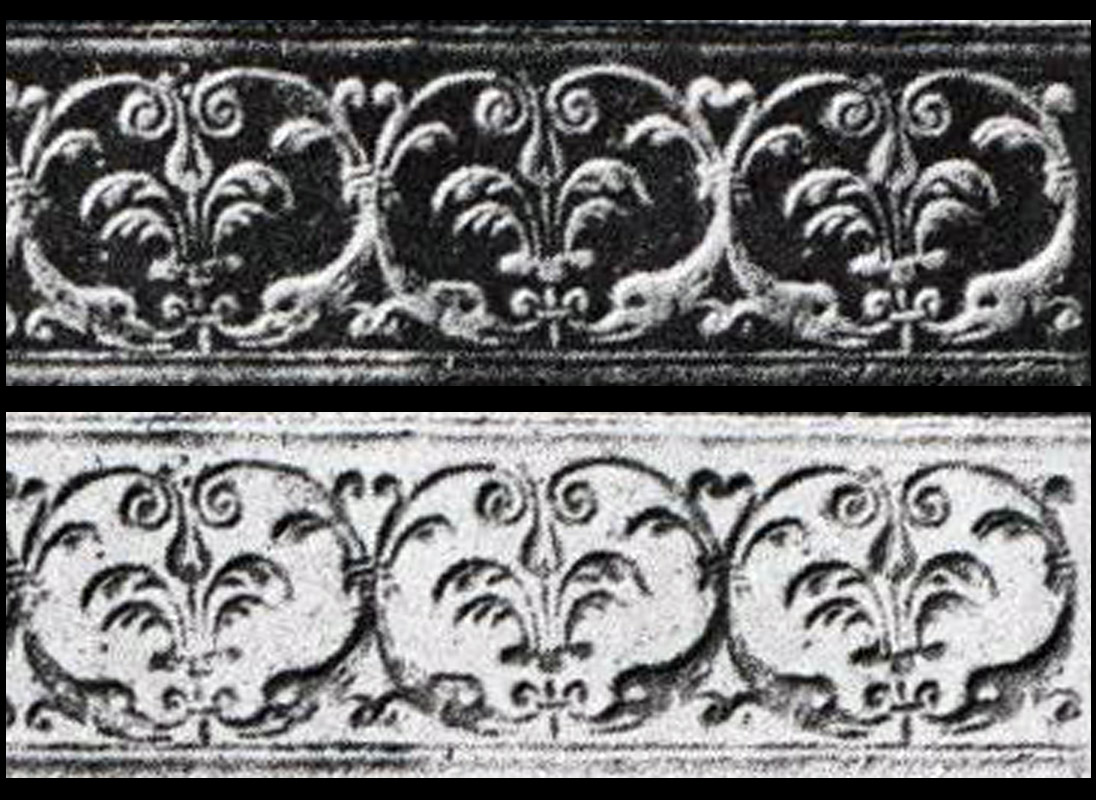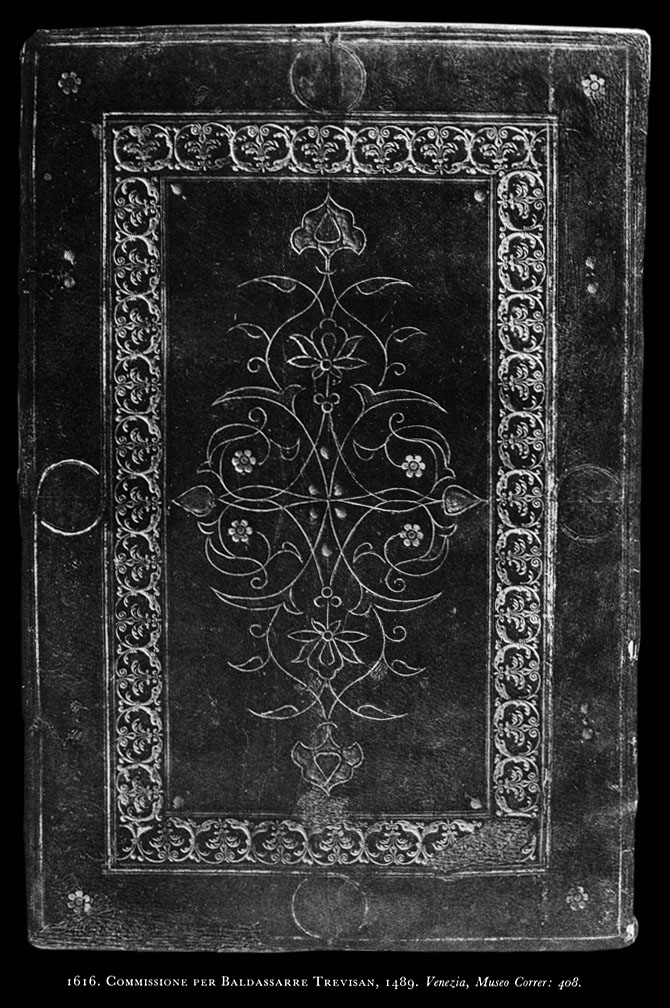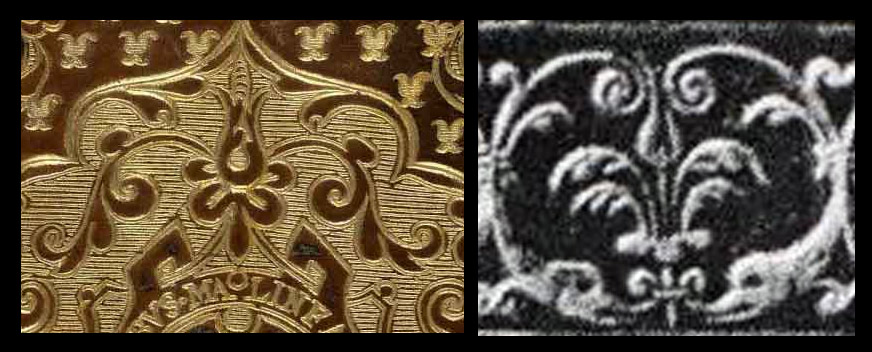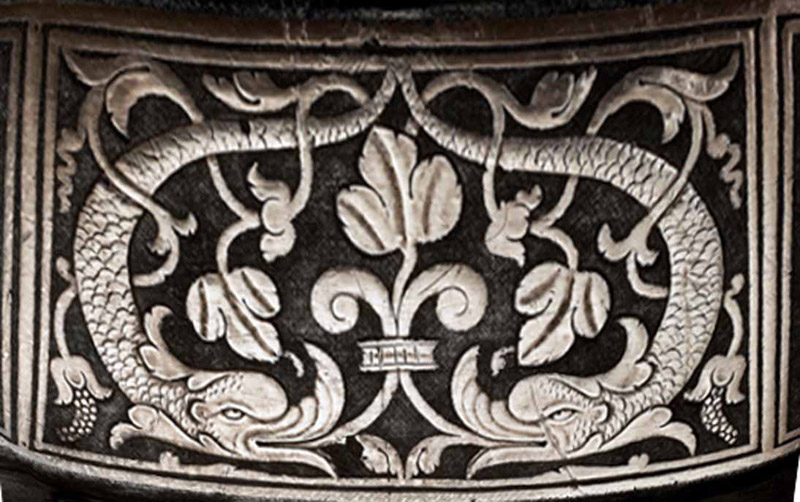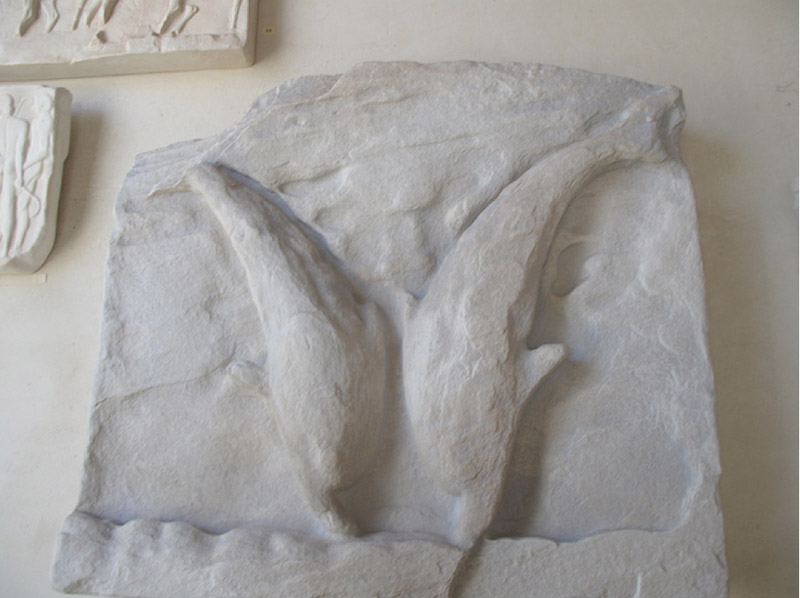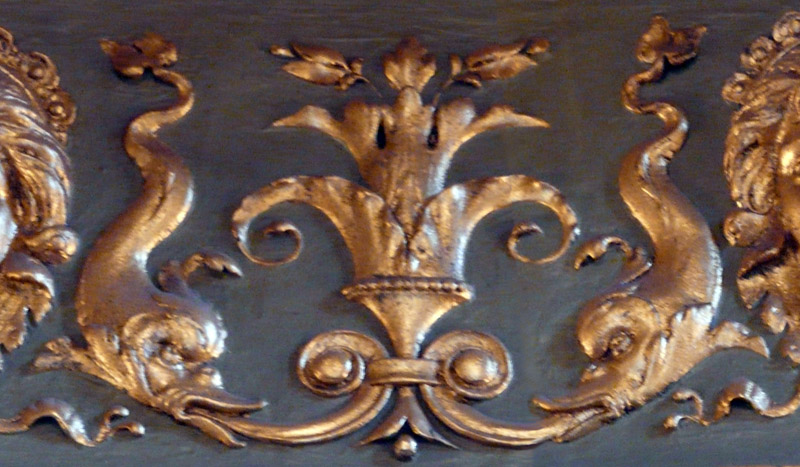The title reads: COMMISSIONE PER BALDASSARRE TREVISAN, 1489. Venezia. If you search long enough you will find the history of Baldassarre Trevisan, or Balthasar Trevisan. In 1489 the Island of Cyrus came under Venetian political control. "Cyprus became officially a territory of the Republic of Venice in 1489, after the abdication of the Cornaro and a treaty with the Egyptian sultan."
"In July 1489 the new organization was taken in hand. The head of the administration was to be a Venetian of noble birth, elected by secret ballot, to hold office for two years, with the title of Lieutenant and a salary of 3500 ducats a year. He was to have a staff of eight servants with eight horses, and to be paid the expenses of his passage...(...) There was also a Captain, elected in the same way for two years, and known as the Captain of Famagusta with the same salary as the Lieutenant. From 1489 he was properly, though by no means commonly, called Captain of Cyprus. The first occupant of this post was Balthasar Trevisan, whose Commission, dated 27 August 1489...."
Anthony Hosbon has referred to this binding, (but never mentions the dolphins). It is listed in his List C, Second Venetian group (1989 page 55) The bindings on this list share similar characteristics and four of the them are 'Commissione' bindings. All four of the bindings were originally owned by the person who received the commission. We can see another commission example on the internet at Textmanuscripts.com "Ducal Commission from Agostino Barbarigo, Doge of Venice to Sebastiano Mauro [Moro] on the occasion of his appointment to Governor of Padua. In Latin and Italian, illuminated manuscript on parchment
Italy, Venice, dated 24 January 1496" The binding has been replaced however I want to just point out what was in these commission bindings. Agostino Barbarigo (c. 1420-20 September 1501) was Doge of Venice from 1486 until his death in 1501. The 1489 ducal Commission of Balthasar Trevisan was issued by Augustine Barbarigo. Perhaps when Barbarigo commissioned people, he had the official document bound by the same binder. In which case the bindings date from the time of the issue of the commission itself. This then is my long winded speculation that the dolphin motifs that you see at the top of this page, date from 1489, thus they are quite early... and could even be from a tool that was made quite a few years before.
If you have been following these pages and wondering perhaps what my obsession with this dolphin motif is all about. It started with the Louis XII examples. My idea was that this highly stylized motif has probably evolved from an original that may be quite different and that by studying these motifs we may be able to see chronological changes that will be useful in dating bindings. Now I think I may have discovered what I was looking for, and it is a revelation. In a 1933 article Emile Dacier described this motif as it appears on a French binding of Andrelini's 1509 manuscript dedicated to Louis XII. "deux minuscules dauphins stylisés de part et d'autre d'un jet d'eau" roughly translates as two tiny stylized dolphins on either side of a jet of water... Anthony Hobson described it in 1989 (Humanists and Bookbinders, page 67) as "A tool of two dolphins diving on either side of a fountain" this myth has been repeated now for decades, but the myth stops here, there never was any fountain. Anthony Hobson once discredited Ilse Schunke for "failing to understand the symbolism" of a motif. (1999 Renaissance Book Collecting page 33). Now, in due respect, we must point out his mistake concerning the symbolism of this motif. The central part of the diving dolphins motif is not and never was a fountain. It is a floral bouquet, with a central stylized bud form that has been present in manuscripts for innumerable centuries, representing the essence of growth, the emergent bud, that opens and closes, birth, death and rebirth, I have detailed buds on this page.
|
